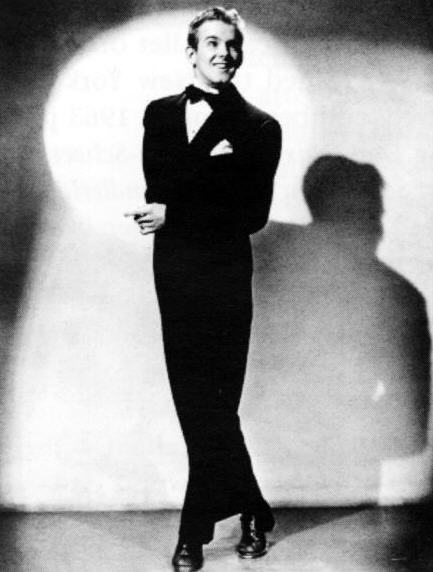 Like many other choreographers, such as George Balanchine and Martha Graham, Bob Fosse is one who created lots of spectacular work and an entire stylistic repertoire. His movements are slinky and sensual yet always have much emotional depth.
Like many other choreographers, such as George Balanchine and Martha Graham, Bob Fosse is one who created lots of spectacular work and an entire stylistic repertoire. His movements are slinky and sensual yet always have much emotional depth.
Fosse died over 25 years ago yet his style is still desired and emulated widely, especially throughout the US. The revival of Chicago the musical, choreographed by Fosse devotee Ann Reinking, is still running on Broadway and Pippin (with Fosse-inspired choreography by Chet Walker) is also back. Fosse’s work continues to inspire.
Fosse didn’t codify a technique to train dancers, yet his style serves as an essential base for students of all disciplines; Fosse’s smooth style and attention to detail are invaluable. Fosse is known to have called his dancers “actors”, emphasising that their primary job is to communicate a story as everything he did had an emotional, mental, political and ethical side to it. The dancers he trained are complete entertainers through their deep understanding of performance. Each step has intent behind it and you have to bring out every aspect of the character to convey it.
Fosse style encourages dancers to engage emotionally and also helps develop ensemble skills. In addition to dancers working together as a group, attention to detail is paramount. The intricate nature of Fosse’s choreography means so much can be conveyed through the subtlety of a single finger wag or a sideways glance. The style requires an incredible work ethic because much of the work is based on intricate isolations, so dancers develop a heightened body awareness and focus.
While the process of learning the work is intense, it is apparent there are two huge payoffs in auditions and onstage. You must be able to watch and replicate in a detailed and multi-layered way, and a diligent rehearsal process ensures confidence in performance.

 The Brighton Hippodrome, Plymouth’s Palace Theatre and the Victoria Theatre in Salford are at the top of this year’s Theatre Buildings at Risk Register, which lists 33 venues around the UK. Although the number of theatres has decreased, the Theatres Trust has warned the drop is partly down to changes to the way it focuses on venues under immediate threat. The Theatre Buildings at Risk Register is published annually, and identifies venues at risk from demolition, change of use, development, sale, decay and neglect, lack of funding and poor building operation.
The Brighton Hippodrome, Plymouth’s Palace Theatre and the Victoria Theatre in Salford are at the top of this year’s Theatre Buildings at Risk Register, which lists 33 venues around the UK. Although the number of theatres has decreased, the Theatres Trust has warned the drop is partly down to changes to the way it focuses on venues under immediate threat. The Theatre Buildings at Risk Register is published annually, and identifies venues at risk from demolition, change of use, development, sale, decay and neglect, lack of funding and poor building operation.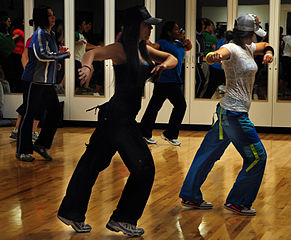 Regardless of your favourite dance discipline, it is important to maintain your practice in other dance forms to both complement and balance your training. Whilst one discipline may be concentrated on, it is beneficial both physically and mentally to take part in other dance forms other than your main interest.
Regardless of your favourite dance discipline, it is important to maintain your practice in other dance forms to both complement and balance your training. Whilst one discipline may be concentrated on, it is beneficial both physically and mentally to take part in other dance forms other than your main interest.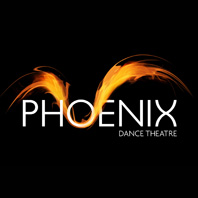 Phoenix Dance Theatre will celebrate the 50th anniversary of the ground-breaking 1964 Civil Rights Act by presenting Tenacity, a specially curated programme that commemorates the Act as a landmark piece of American legislation that allowed voices to be heard. It became a catalyst for change in many parts of the world. Presented at the Stanley & Audrey Burton Theatre in Leeds, Tenacity is a mixed bill curated from Phoenix’s archive, reflecting the company’s own heritage through a range of choreographic voices and paying tribute to the global civil rights movement.
Phoenix Dance Theatre will celebrate the 50th anniversary of the ground-breaking 1964 Civil Rights Act by presenting Tenacity, a specially curated programme that commemorates the Act as a landmark piece of American legislation that allowed voices to be heard. It became a catalyst for change in many parts of the world. Presented at the Stanley & Audrey Burton Theatre in Leeds, Tenacity is a mixed bill curated from Phoenix’s archive, reflecting the company’s own heritage through a range of choreographic voices and paying tribute to the global civil rights movement.
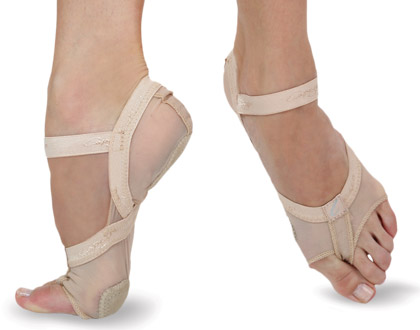 The feet are important to any human being, in terms of posture, gait and movement. For dancers the feet are constantly put under pressure as dance relies predominantly on flexible, mobile and healthy feet. Despite this there are a few common foot injuries in dancers:
The feet are important to any human being, in terms of posture, gait and movement. For dancers the feet are constantly put under pressure as dance relies predominantly on flexible, mobile and healthy feet. Despite this there are a few common foot injuries in dancers: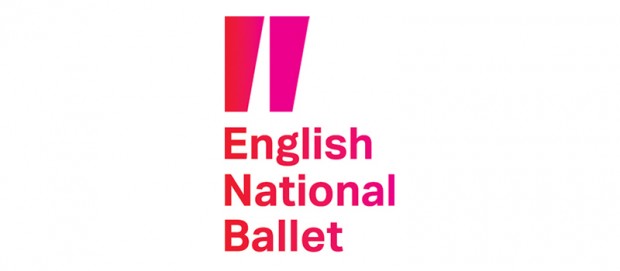 There has been lots of exciting news for English National Ballet recently, including its presenting Modern Masters: Icons of 20th Century Choreography at Sadler’s Wells in March 2015 (including works by Forsythe, Neumeier and Kylián), two new regional hubs for English National Ballet’s Dance for Parkinson’s programme, the My First Ballet series continuing with a brand new version of Swan Lake and a large international tour to take place in 2015.
There has been lots of exciting news for English National Ballet recently, including its presenting Modern Masters: Icons of 20th Century Choreography at Sadler’s Wells in March 2015 (including works by Forsythe, Neumeier and Kylián), two new regional hubs for English National Ballet’s Dance for Parkinson’s programme, the My First Ballet series continuing with a brand new version of Swan Lake and a large international tour to take place in 2015. Birmingham Royal Ballet’s autumn season at Sadler’s Wells has recently been announced, including three one-act ballets touched in some way by war under the umbrella title of Shadows of War, and a revival of David Bintley’s fairytale, Beauty and the Beast
Birmingham Royal Ballet’s autumn season at Sadler’s Wells has recently been announced, including three one-act ballets touched in some way by war under the umbrella title of Shadows of War, and a revival of David Bintley’s fairytale, Beauty and the Beast While dance is a physically and mentally demanding subject, many people are still of the opinion that dance cannot be an academic subject and should not be included in a school’s curriculum. Dance as a school subject still faces negative perceptions despite numerous counter-arguments, and can be misunderstood as a ‘soft option’.
While dance is a physically and mentally demanding subject, many people are still of the opinion that dance cannot be an academic subject and should not be included in a school’s curriculum. Dance as a school subject still faces negative perceptions despite numerous counter-arguments, and can be misunderstood as a ‘soft option’.